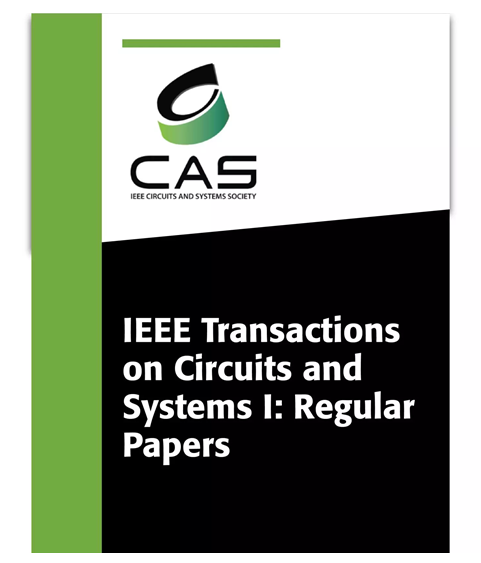设计低损耗单电感多i /O (SL-MI/O) CMOS电源
IF 5.2
1区 工程技术
Q1 ENGINEERING, ELECTRICAL & ELECTRONIC
IEEE Transactions on Circuits and Systems I: Regular Papers
Pub Date : 2025-04-14
DOI:10.1109/TCSI.2025.3546231
引用次数: 0
摘要
尽管片外电感体积庞大,但开关电感电源因其高效率而受到重视。当设计像便携式消费电子和无线微传感器这样的紧凑型系统时,单电感拓扑是首选。具体来说,单电感多输入多输出(SL-MI/O)电源设计带来了尚未完全解决的独特挑战。本文旨在提供SL-MI/O系统设计效率最大化的设计指南,特别是在sub-5W领域。为了简化在SL-MI/ o中众多功率开关的nfet和pfet之间的选择,这并不简单,提出了一个直观的指标,称为有利度指数(F ${}_{\ maththrm {NP}}$)。本文还提出了一种新的最优电源电压理论,认为电源开关门的最有效电压是阈值电压(v ${}_{\ maththrm {T}}$)的两倍左右。本文还提出在栅极驱动器中使用动态选择器。这允许阻断交叉传导,而不会大幅增加vSUP,确保效率。建议采用双晶体管选择器作为一种简单的实现,并讨论了权衡。利用本文提出的指导原则设计了一个示例拓扑,以演示设计流程和效率改进。本文章由计算机程序翻译,如有差异,请以英文原文为准。
Designing Low-Loss Single-Inductor Multiple-I/O (SL-MI/O) CMOS Power Supplies
Switched-inductor power supplies are valued for their high efficiency despite the bulkiness of off-chip inductors. When designing compact systems like portable consumer electronics and wireless microsensors, single-inductor topologies are therefore preferred. Specifically, single-inductor multi-input and multi-output (SL-MI/O) power supply designs pose unique challenges that have yet to be fully addressed. This paper aims to provide design guidelines for maximizing efficiency in the design of SL-MI/O systems, especially in the sub-5W domain. To simplify the choice between NFETs and PFETs for the multitude of power switches in SL-MI/Os, which is not straightforward, an intuitive metric called the Favorability Index (F ${}_{\mathrm {NP}}$ ) is proposed. A new, optimal supply voltage theory is also presented, suggesting that the most efficient voltage to supply power switches’ gates is around twice the threshold voltage (v ${}_{\mathrm {T}}$ ). The paper also proposes using dynamic selectors in gate drivers. This allows for blocking cross conduction without increasing vSUP drastically, ensuring efficiency. A two-transistor selector is recommended as a simple implementation, and the tradeoffs are discussed. An example topology is designed using guidelines proposed by the paper to demonstrate the design flow and efficiency improvements.
求助全文
通过发布文献求助,成功后即可免费获取论文全文。
去求助
来源期刊
CiteScore
9.80
自引率
11.80%
发文量
441
审稿时长
2 months
期刊介绍:
TCAS I publishes regular papers in the field specified by the theory, analysis, design, and practical implementations of circuits, and the application of circuit techniques to systems and to signal processing. Included is the whole spectrum from basic scientific theory to industrial applications. The field of interest covered includes: - Circuits: Analog, Digital and Mixed Signal Circuits and Systems - Nonlinear Circuits and Systems, Integrated Sensors, MEMS and Systems on Chip, Nanoscale Circuits and Systems, Optoelectronic - Circuits and Systems, Power Electronics and Systems - Software for Analog-and-Logic Circuits and Systems - Control aspects of Circuits and Systems.

 求助内容:
求助内容: 应助结果提醒方式:
应助结果提醒方式:


